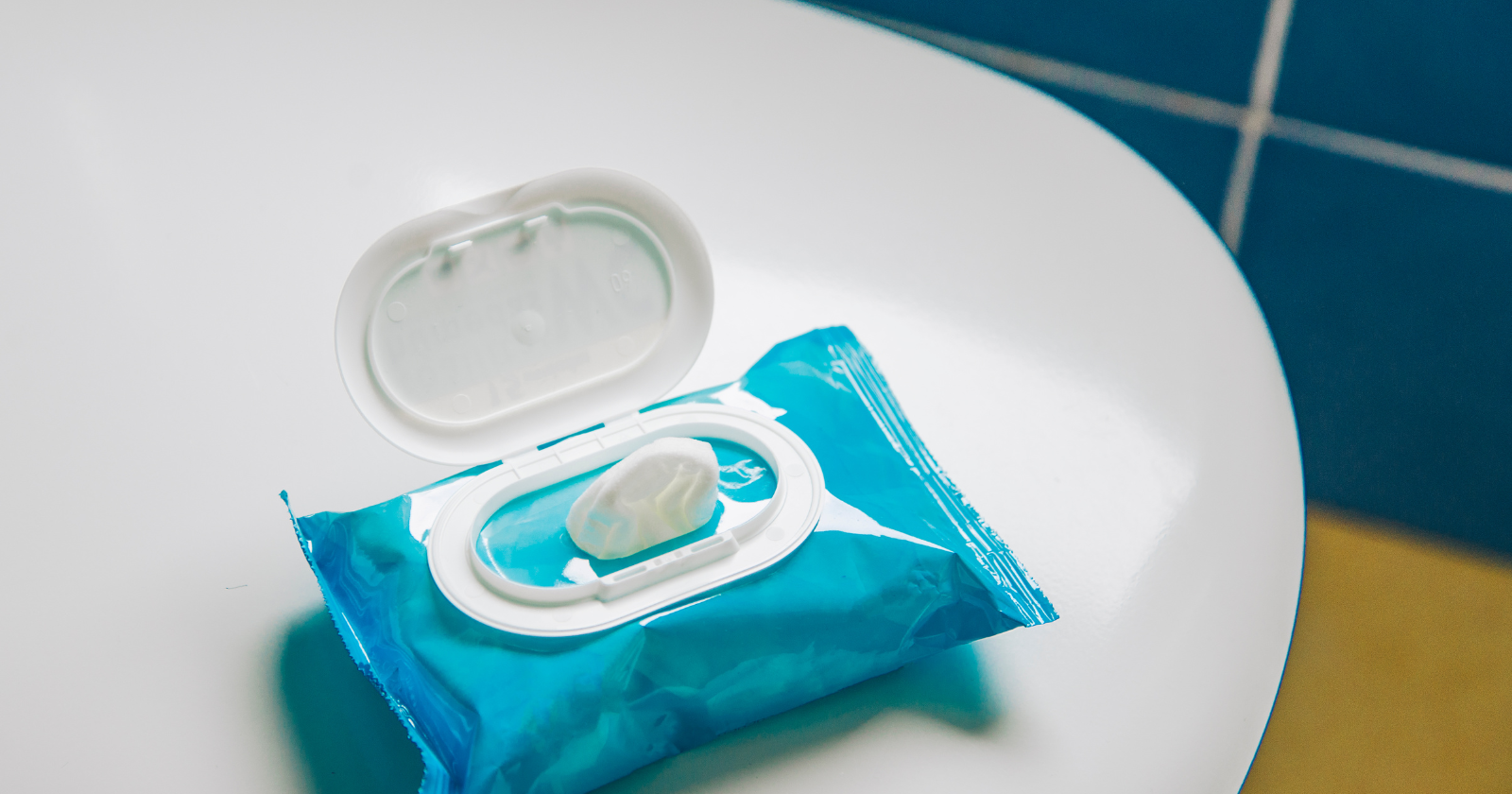For many seniors and disabled individuals, bathroom trips can be a hassle. Between the need to carefully maneuver around obstacles and the challenge of lifting heavy limbs, it’s no wonder that so many Elderly Bathroom Issues people avoid going to the bathroom altogether. But with a few minor adjustments, you can make your life much easier – one bathroom trip at a time. Keep reading for helpful tips on how to make your bathroom experience as comfortable as possible. You won’t regret it!
What Elderly Bathroom Issues Do You Face At Home?
Going to the bathroom is an important part of living, but it can become more difficult as we age with Elderly Bathroom Issues arise. This could be due because seniors might experience natural changes with their bodies that make going out obsolete like frailty or a lack of movement caused by illness/injury; however, there are also medication side effects which cause problems for some people when they go about doing these tasks – this usually happens if someone has been taking prescription drugs without interruption over time—or even just after starting them up again after being off-treatment all those years before!
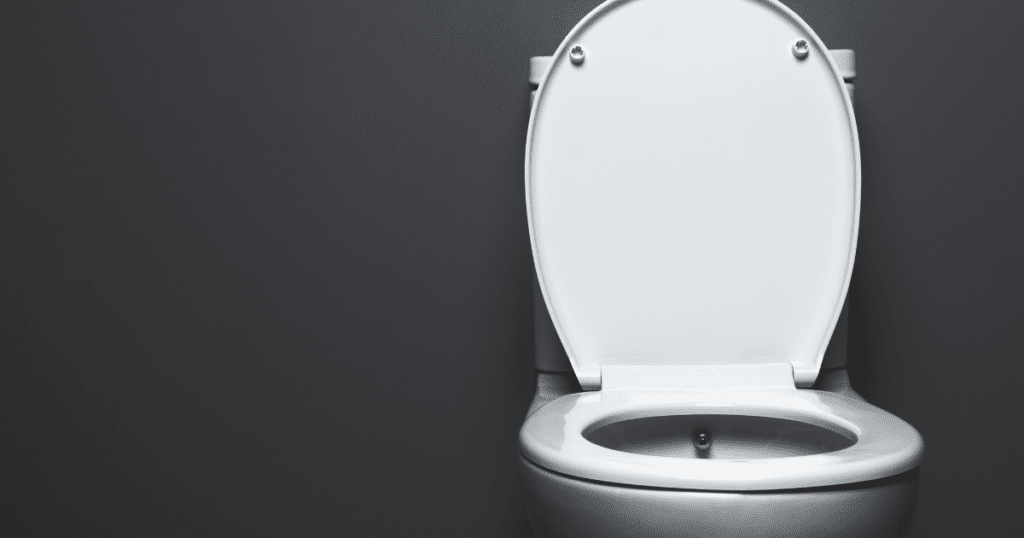
You Might Be Interested In This: Toilet Seat Riser With Handles -The 7 Best
Some of the common Elderly Bathroom Issues that You Might face include:
Constipation
One of the less pleasant aspects of getting older is dealing with bathroom issues. For many seniors, constipation is a regular problem. There are several reasons the elderly may be more susceptible to constipation, including a slower digestive system, a lack of physical activity, and medications that can cause dehydration. Constipation can be uncomfortable, so it’s important to prevent it.
Drinking plenty of fluids, eating high-fiber foods, and exercising regularly can all help to keep things moving smoothly. If constipation becomes an issue, there are a variety of over-the-counter treatments available. However, it’s always best to check with a doctor before taking any medication, as some can cause side effects or interact with other medications. With a little effort, seniors can avoid the discomfort of constipation and enjoy their retirement years.
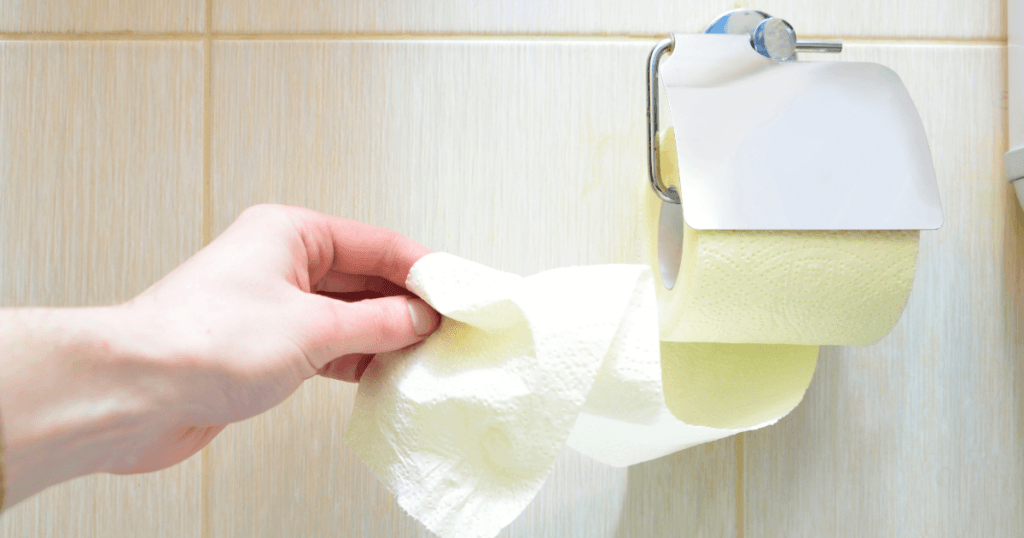
Elderly Bathroom Issues-Incontinence
For elderly people, incontinence can be a major issue. Not only is it embarrassing, but it can also make it difficult to get out and about. There are several reasons elderly people may suffer from incontinence, including weakened muscles, bladder problems, and side effects from medication.
There are several ways to manage incontinence, including exercises to strengthen the muscles, changes in diet, and the use of absorbent products. Sometimes, medication may also be prescribed. With proper management, elderly people can still lead active and fulfilling lives despite this problem.
Elderly Bathroom Issues-Slipping and Falling
For elderly people, slipping and falling in the bathroom can be a serious problem. The elderly are more likely to have medical conditions that make falling more dangerous, and they may not have the strength or dexterity to catch themselves if they fall. Bathrooms can also be more slippery than other areas of the home, due to water on the floor. To help prevent elderly people from slipping and falling in the bathroom, there are a few things that can be done.
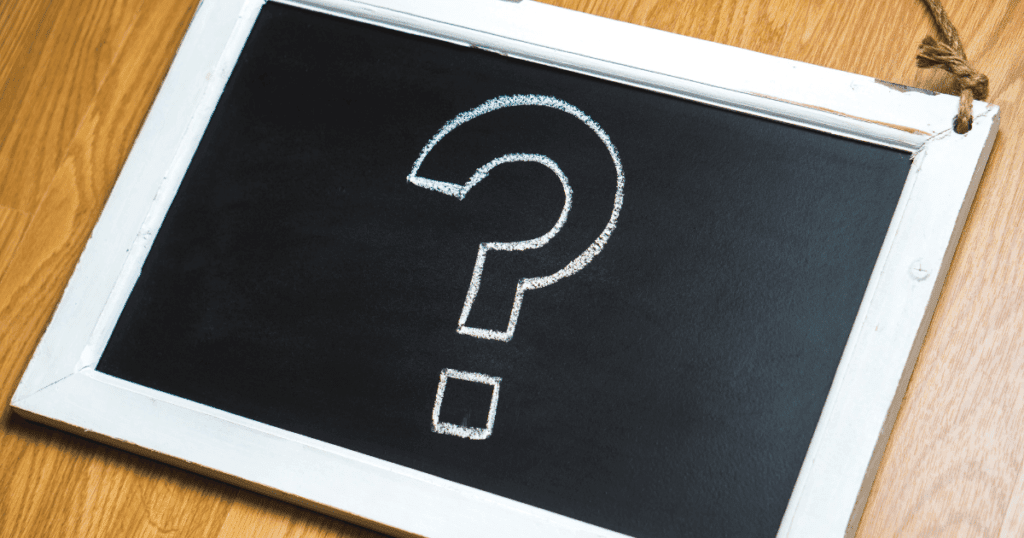
First, make sure that the floor is always clean and dry. Second, put nonslip mats or stickers in strategic places around the bathroom, such as near the bathtub or shower. Finally, encourage elderly family members or friends to use a walking stick or cane when they go into the bathroom, as this can help them keep their balance. By following these simple tips, you can help reduce the risk of elderly people slipping and falling in the bathroom.
Elderly Bathroom Issues-Mobility Issues
Many seniors experience mobility issues that make it difficult to use the bathroom. This can be because of a variety of factors, including arthritis, muscular dystrophy, and Parkinson’s disease. We do not design bathrooms with accessibility in mind, which can make them extremely difficult to navigate for those with mobility issues.
Fortunately, there are a few things that can be done to make bathrooms more accessible for seniors. For example, installing grab bars and raised toilet seats can help make it easier for seniors to use the bathroom. Making sure the bathroom is well lit and free of obstacles can also help make it more accessible. By taking a few simple steps, we can help make life a little easier for seniors with mobility issues.
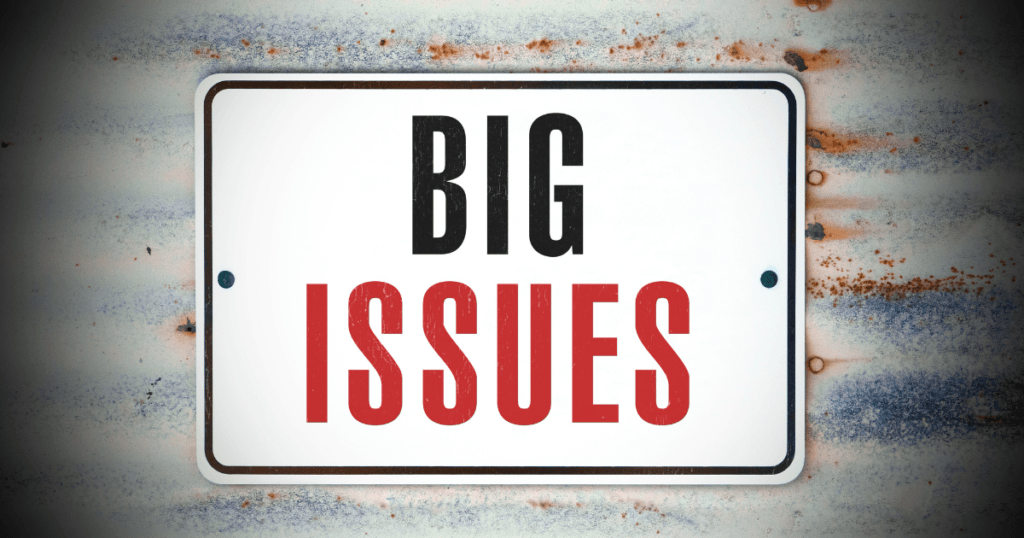
Elderly Bathroom Issues: What Family Caregivers Can Do to Help
For many elderly people, bathroom issues can be a real challenge. From incontinence to mobility impairments, there are several potential issues that can make using the bathroom difficult. As a family caregiver, you can help your elderly loved one by taking some simple steps to make their bathroom experience safer and more comfortable. Here are a few things you can do:
-Install grab bars in the shower and near the toilet. This will help your loved one to maintain their balance and avoid falls.
-Make sure that the bathroom is well lit. This will help your loved one to see where they are going and avoid tripping over obstacles.
-Put non-slip mats in the shower and near the sink. This will help to prevent slips and falls.
-Consider investing in a raised toilet seat. This will make it easier for your loved one to use the toilet, especially if they have mobility impairments.
By taking these simple steps, you can help your elderly loved one to enjoy a safe and comfortable bathroom experience.

Elderly Bathroom Issues-Make the Bathroom Easier to Use
They designed most bathrooms with the typical user in mind: someone who is able-bodied and relatively agile. However, this can pose problems for elderly users who may have difficulty with mobility. There are a few simple design changes that can make a bathroom more elderly-friendly and easier to use.
For example, installing grab bars near the toilet can provide support for elderly users who have difficulty standing up. Adding a raised toilet seat can also make it easier for elderly users to use the bathroom. In addition, installing a walk-in shower can provide elderly users with easier access to the shower area. By making a few simple changes, you can help make the bathroom more accessible and easier to use for elderly users.
Elderly Bathroom Issues-Be on the Lookout for red Flags
If you have elderly loved ones, it’s important to be on the lookout for red flags that could show a need for help. One area to pay attention is to bathroom safety. elderly people are more at risk of falls, and the bathroom is one of the most dangerous places in the home.
If you notice your elderly loved one having difficulty getting in and out of the bathtub or shower, or if they seem unsteady on their feet, it may be time to consider installing some safety features in the bathroom. Grab bars around the toilet and in the shower can help prevent falls, and a small stool can give your loved one something to steady themselves with when getting in and out of the tub. Making a few simple changes can keep your elderly loved ones safe and independent.
Be Open, Honest, and Compassionate
It’s difficult to talk about bathroom issues, especially as we get older. It may embarrass us by discussing our needs with our family, friends, or doctor. However, it’s important to be open and honest about our bathroom habits and any changes we’re experiencing. By doing so, we can ensure that we’re getting the care and support we need.
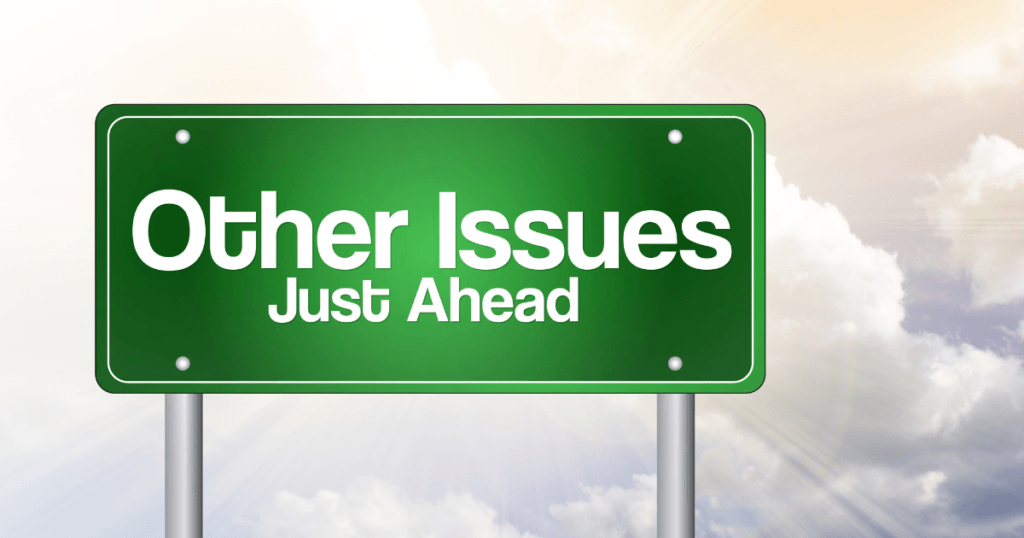
Our loved ones can better understand our needs, and our doctor can provide us with the treatment. By being open and honest about Elderly Bathroom Issues, we can help to break down the stigma surrounding these topics. We can show others that there’s nothing to be ashamed of and that we’re all in this together. So next time you need to discuss your bathroom habits, do so with an open heart and mind.
Work With a Medical Professional to Help Find a Solution
If you or the elderly loved one are struggling Elderly Bathroom Issues it may be time to speak with a medical professional.There are several medical conditions that can contribute to problems with incontinence and going to the bathroom. For example, things like diabetes, Parkinson’s disease, and multiple sclerosis can all make it difficult to control urination. In addition, many medications – both prescription and over-the-counter – can have side effects that interfere with normal bathroom function.
A medical professional will help you identify any underlying health conditions that may contribute to the problem and work with you to find a solution. Sometimes, this may involve making lifestyle changes or adjusting medication regimens. But in other cases, more specialized treatments – like bladder training or surgery – may be necessary. Don’t suffer in silence. – talk to a doctor today and get started on finding a solution.

How do you help an elderly person toilet?
Make it easy for the person to use a toilet, such as with raised seats and grab bars. If they seem anxious about needing access then pay close attention because this could be an important sign that something isn’t right in their medical situation!
Conclusion
Bathroom issues are a common problem for the elderly. If you’re helping an elderly loved one with their day-to-day activities, it’s important to be aware of some of the most common bathroom problems and how to help address them. Leave a comment below if you have any questions or tips to share on this topic!
